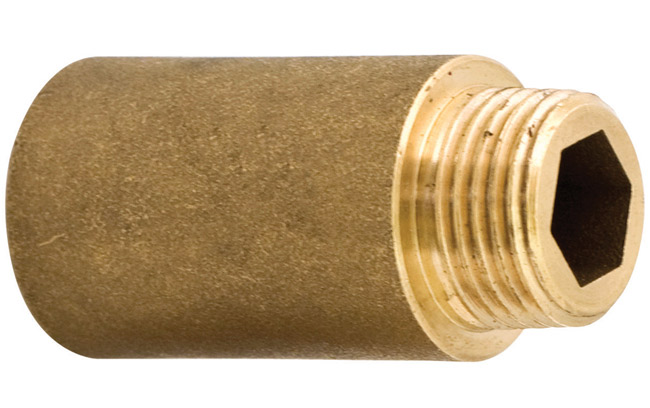The brass fittings produced by Gnali Bocia
The brass fitting products designed by Gnali Bocia are represented by components suitable for use in contact with compressible and incompressible fluids.

Brass fittings are the main products made by Gnali Bocia and there are many variations that allow the company to always satisfy the customer. In particular, the brass fittings are divided into two macro categories based on the application and the fluid that will be conveyed once they are put into operation:
1. Brass fittings for LPG gas: within this category you can find a series of different products that can range from hose connectors to injectors, passing through a series of other products.
2. Brass fittings for water and incompressible fluids: in this category you can count both generic fittings and fittings for multilayer pipes, passing through other types.
All Gnali Bocia products are manufactured according to ISO 9001 standard. This standard is recognized internationally as the standard for the creation, implementation and verification of the company quality system: the presence of this standard is a fundamental requirement for all companies that want to be competitive and certify the quality of the company that receives this certification.
1. Brass fittings for LPG gas: within this category you can find a series of different products that can range from hose connectors to injectors, passing through a series of other products.
2. Brass fittings for water and incompressible fluids: in this category you can count both generic fittings and fittings for multilayer pipes, passing through other types.
All Gnali Bocia products are manufactured according to ISO 9001 standard. This standard is recognized internationally as the standard for the creation, implementation and verification of the company quality system: the presence of this standard is a fundamental requirement for all companies that want to be competitive and certify the quality of the company that receives this certification.
Brass fittings: material and production process
The choice to use brass for this type of components derives from both the mechanical characteristics and the high corrosion resistance: this characteristic is fundamental for components in contact with liquid or gaseous fluids which tend to generate particularly aggressive environments for the material. Brass, in addition to containing the main alloy elements that are copper and zinc, can contain a series of other elements that significantly affect the characteristics of the component that you want to produce.
The production chain of brass fittings has, as a starting point, brass bars that can be full or perforated. Starting from these, a first forging operation takes place which consists in the hot deformation of the material until it gives the desired shape by means of a series of mallet blows. Subsequently, Gnali Bocia presents a series of CNC machines which are necessary to carry out further shaping and chip removal operations by bringing the semi-product closer to the shape of the desired finished product. At this point a series of finishing operations are necessary, to reduce the surface roughness of the components, followed by surface treatments such as nickel plating (with the necessary preliminary operations such as shot peening). Finally, the fittings that require assembly operations reach automated and robotic stations where they are assembled: the choice of using robots is important as it guarantees both greater precision and a decidedly higher production rate. After the packaging and testing phase (according to the methods specified in the regulations), the products are ready to be shipped to the customer together with the certificates attesting the conformity of the product to the specifications requested by the customer or by law.
The production chain of brass fittings has, as a starting point, brass bars that can be full or perforated. Starting from these, a first forging operation takes place which consists in the hot deformation of the material until it gives the desired shape by means of a series of mallet blows. Subsequently, Gnali Bocia presents a series of CNC machines which are necessary to carry out further shaping and chip removal operations by bringing the semi-product closer to the shape of the desired finished product. At this point a series of finishing operations are necessary, to reduce the surface roughness of the components, followed by surface treatments such as nickel plating (with the necessary preliminary operations such as shot peening). Finally, the fittings that require assembly operations reach automated and robotic stations where they are assembled: the choice of using robots is important as it guarantees both greater precision and a decidedly higher production rate. After the packaging and testing phase (according to the methods specified in the regulations), the products are ready to be shipped to the customer together with the certificates attesting the conformity of the product to the specifications requested by the customer or by law.
23/05/2020
I contenuti di questo sito non hanno carattere di periodicità e non rappresentano 'prodotto editoriale'.








